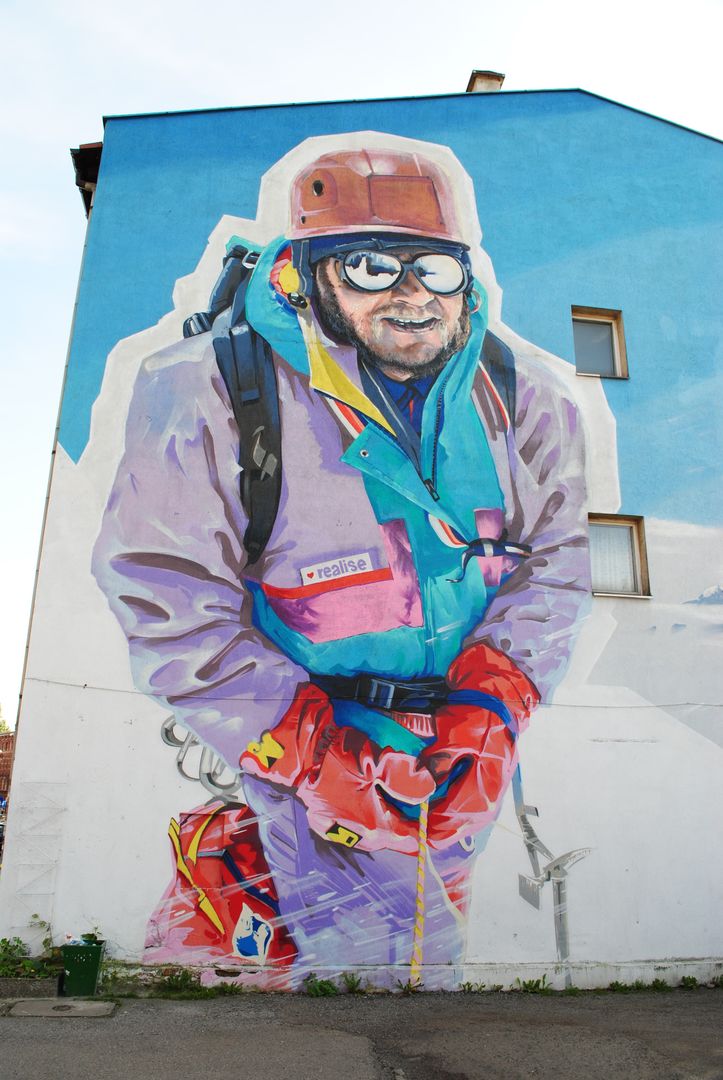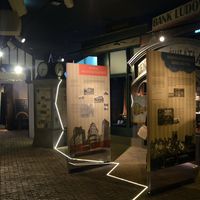Bogucice
7.08

Overview
Bogucice is a district of Katowice that transformed from an agricultural settlement into an industrial center, especially after the turn of the 19th century, when the coal and zinc industries developed in the region. The history of Bogucice dates back to the 13th century, with the first written mention of the village appearing in 1360. Architecturally, the district has retained unique features of buildings from the late 19th and early 20th centuries, including representative tenement houses and workers' housing estates (familoki), as well as modern structures such as the headquarters of the Polish National Radio Symphony Orchestra and the Silesian Museum, which were located on the site of the former "Katowice" mine. Culturally, Bogucice boasts rich traditions, including choirs, orchestras, and diverse cultural events such as the City Birthday celebration "I Love Katowice" and the New Music Festival. The district is also multicultural; it was historically inhabited by Polish, German, and Jewish communities, highlighting its historical diversity. An interesting fact is that Bogucice was home to the renowned mountaineer Jerzy Kukuczka, and a housing estate was named in his honor. It is also worth noting that Bogucice hosts various educational institutions, including Catholic schools. Local cemeteries, such as the oldest cemetery in Katowice on W. Wróblewskiego Street, bear witness to the district's history. Despite numerous changes, Bogucice has preserved its historical roots, making it a unique place on the map of Katowice.
Location
Tickets
Powered by GetYourGuide
You can also find here:
2025 Wizytor | All Rights Reserved



